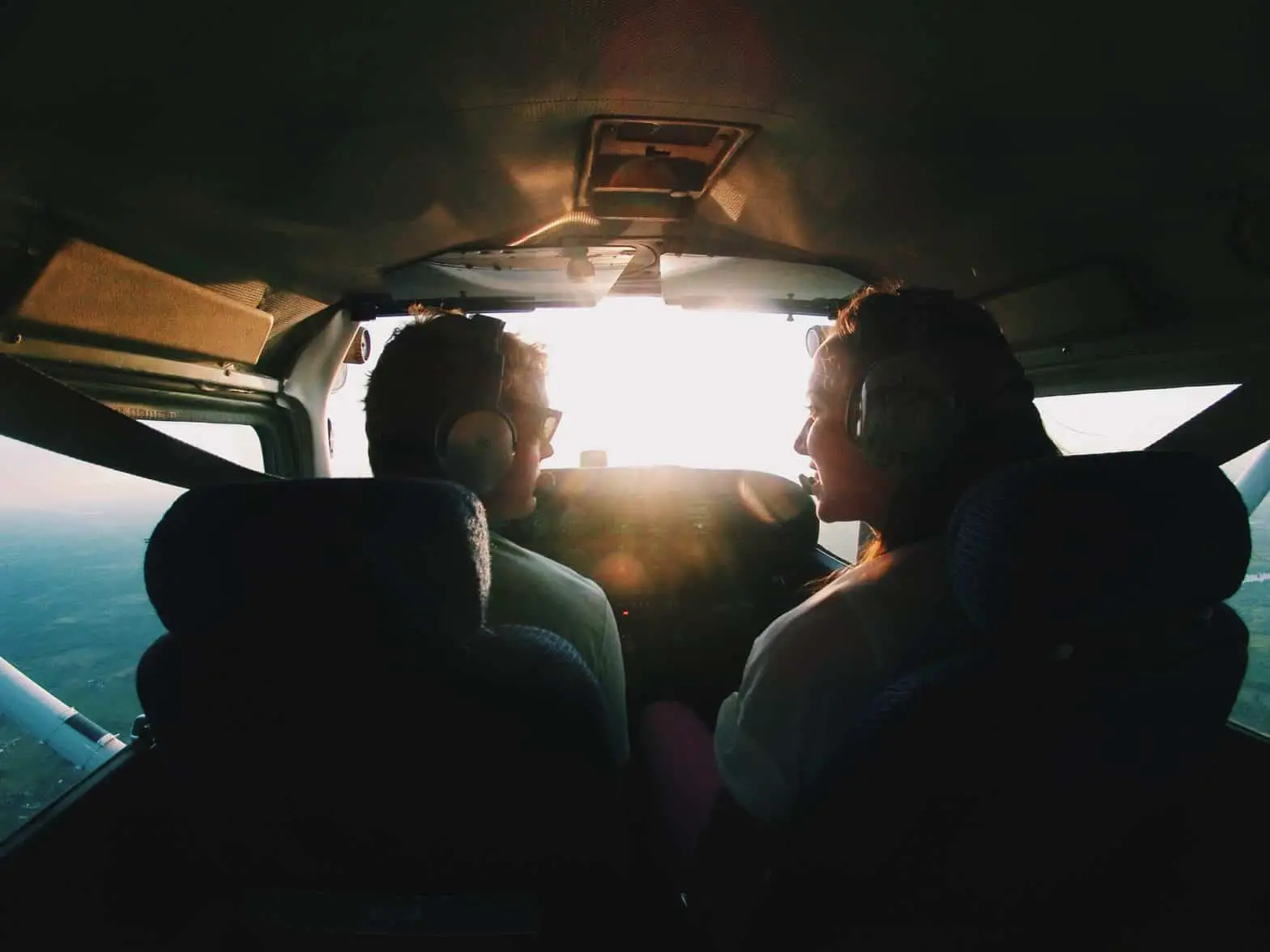Table of Contents
*This post may contain affiliate links. As an Amazon Associate we earn from qualifying purchases.
Gaining a pilot’s license is the goal of many, and one of the most popular certifications around is the private pilot’s license. Whether it’s for a hobby, a way to travel on their own, or even one piece of the puzzle to becoming a fully fledged airline pilot, there’s a great draw to being able to fly an airplane on your own.
Since these licensed individuals have the right to fly a small aircraft through US airspace, there are numerous private pilot requirements that one has to meet, from basic eligibility to training completion. If you’re aiming to gain your aircraft license, make sure you understand all the qualifications you need by reading on!
Meet All The Eligibility Requirements
Just like with any other type of license, you need to meet basic requirements before you can even apply for training. In the US, you need to be:
- At least seventeen years of age
- Can understand, read, and speak English
- Complete the required knowledge and practical exams
- Have an aviation medical certificate
If you’re missing any of these elements, you won’t pass your application for a license. Take note that the practical exam consists of both a verbal and flight test. The FAA Code of Federal Regulations outlines all the private pilot requirements in detail.
Receive Your Student Pilot Certificate
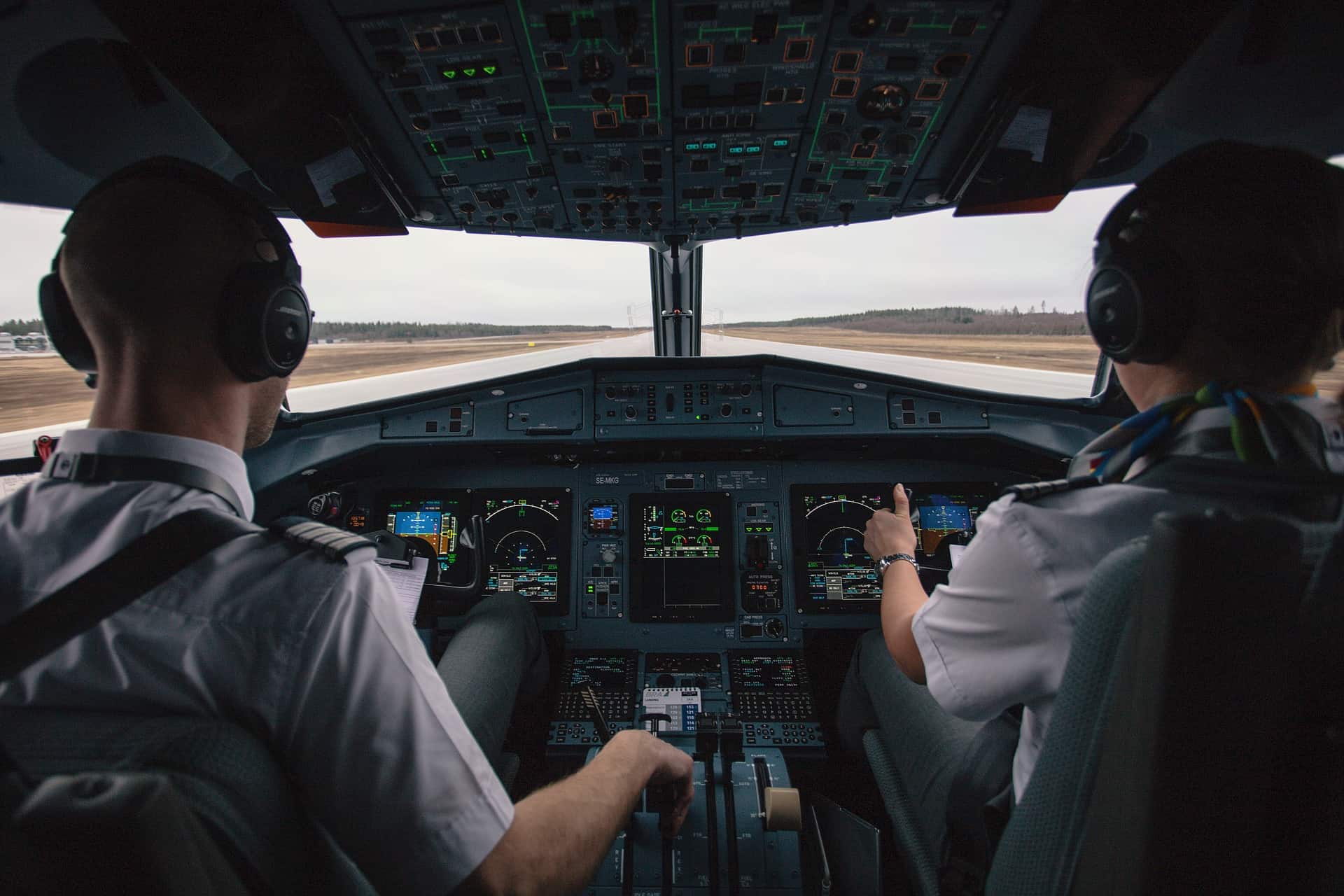
Image by pixabay
Much like how you require a learner’s permit before you can practice driving a car, you need a student pilot certificate to start learning how to fly planes. You have numerous options when it comes to gaining this qualification, with the most common being through the aviation medical examiner’s office.
You can also receive your aviation medical certificate at the same time. This certificate indicates that you are of sound enough health to solo fly an aircraft. If you have a medical issue that puts you at risk of becoming incapable of piloting the plane, you will not be able to gain this vital piece of paperwork. The required version is a current third-class FAA-issued medical certificate.
Starting your training without your aviation medical certificate is possible. However, it’s best to complete the process beforehand, so that you’re ready whenever it’s time to start to practice solo flight.
Aside from going through the aviation medical examiner’s office, you can submit your application for the student pilot certificate to the FAA Flight Standards District Office on its own. Finally, you have the least common method, which is submitting your certificate application to an FAA examiner.
Once you’ve received your student pilot certificate, you’re ready for the next step.
Complete Flight Training
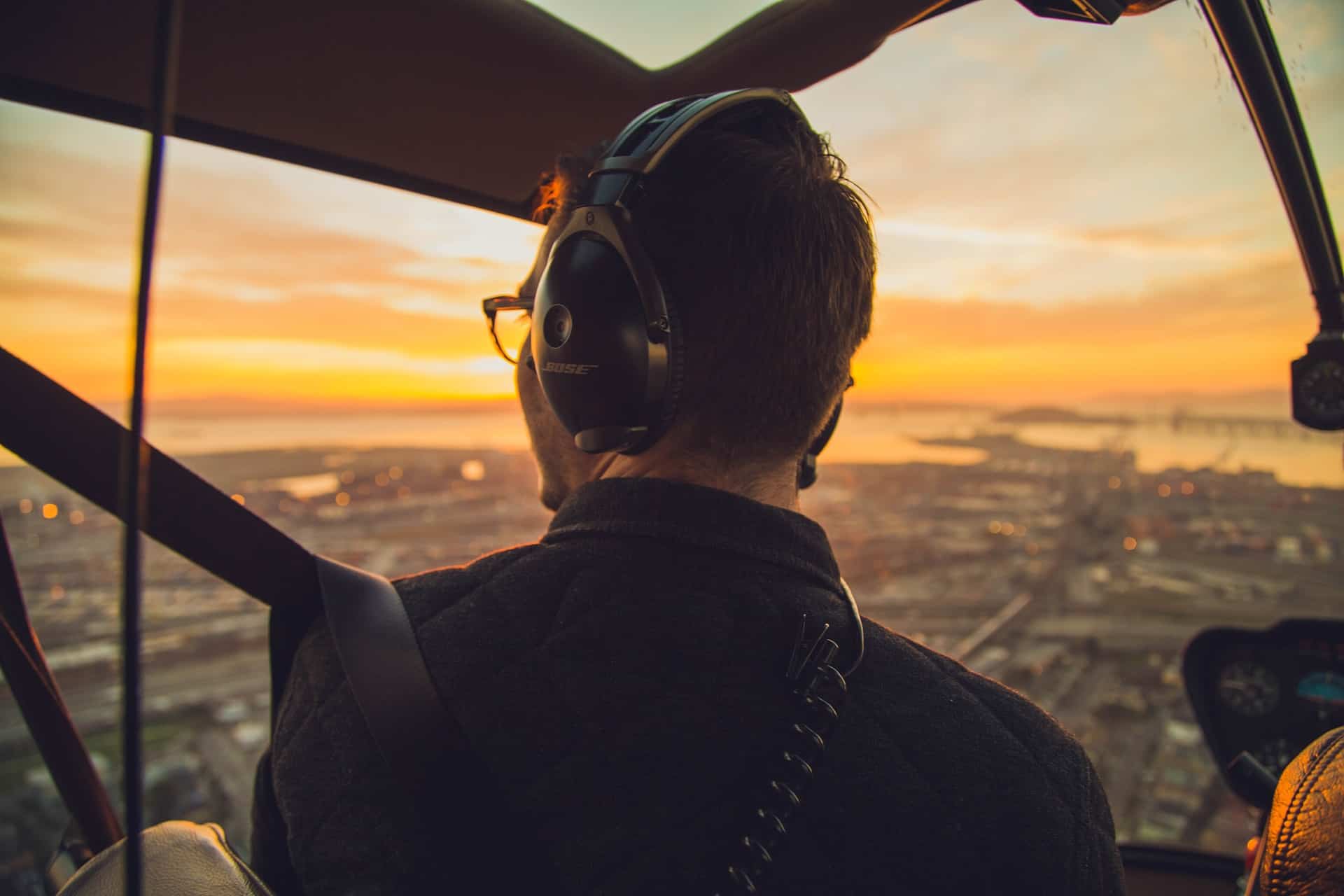
Image by pixabay
Flight training is essential, especially for private pilots that will likely be operating an aircraft on their own. You’ll also need to have the funds to make the financial investment into training. Depending on where you go and what flight instructor you work with, flight training can easily cost between $4,000 and $15,000.
If you’re uncertain where to find a flight instructor or flight school, your local airport can be an excellent resource. Many airports have a connected flight school or fixed based operation that can help you receive your required instruction. If not, you’ll likely find someone that can connect you to an instructor that’s looking for students. Don’t be afraid to use your resources!
Pass The FAA Written Exam

Image by pixabay
The first of two tests you need to receive your private pilot license, the FAA written exam is a test of your knowledge. Your instructor may want you to have a passing grade before you start practical training in a plane, while others don’t mind either way. The key is that you need a passing grade on this test if you want to complete your licensing.
Overall, though, it can be much easier to learn to fly if you’ve already passed the written portion, as it gives you the base knowledge you need to operate the plane. If your instructor doesn’t have a preference, you can still greatly benefit from taking the exam rather than putting it off until you’ve completed your flight training.
- Some aeronautical knowledge areas you’ll need to have under your belt are:
- NTSA accident reporting requirements
- Use of aeronautical charts for navigation
- Radio communication procedures
- Recognition of critical weather situations
- Collision avoidance operations
- How density altitude can impact takeoff and climb performance
- Balance and weight computations
- Preflight action procedures
Gain Your Flight Experience
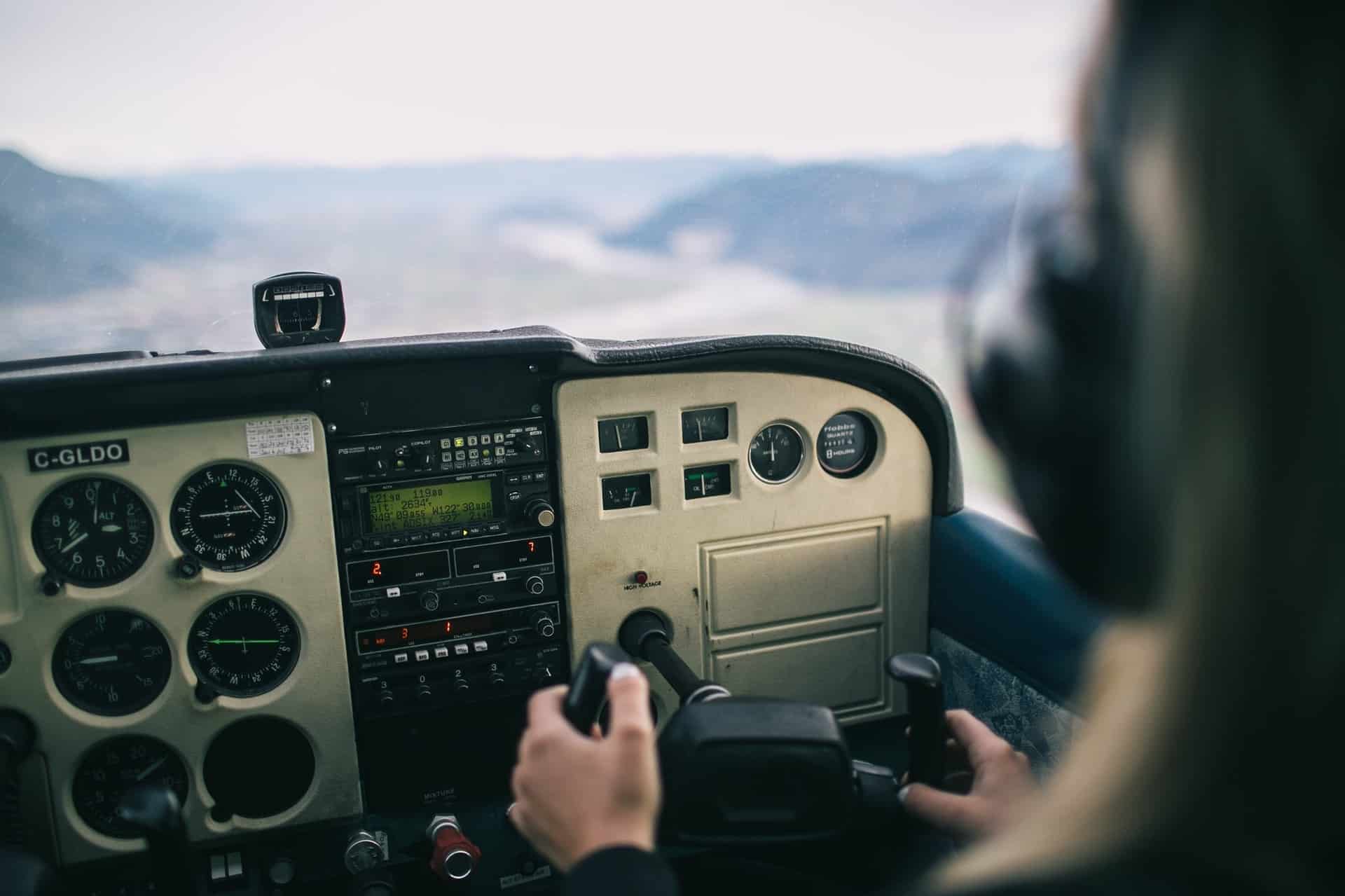
Image by pixabay
Aside from written knowledge, you’ll need to spend several hours in the air under the advisory of their flight instructor. This time will be where you learn the basic maneuvers of flight, including takeoff climbs, turns, descents, and landing. You will also practice emergency action plans.
As you build your experience, you will also need to amass at least forty total hours of flight time, including various requirements:
- Twenty hours of flight time with an instructor
- Ten hours of solo flight
- Three hours of cross-country training
- Three hours of night flying
- A cross-country flight over one-hundred nautical miles
- Three hours of basic instrument training
- Five hours of single cross-country flight
- One solo flight that lands at three different airports and travels over 150 nautical miles
Your instructor will help certify your fly times, even in the case of your solo flights. If you wish to have more practice time before testing for your license, you may; the private pilot requirements only require that you meet at least the minimum thresholds for these checkpoints. Many students use their flight time to refine their skills for the practical exam.
Pass Your FAA Practical Exam
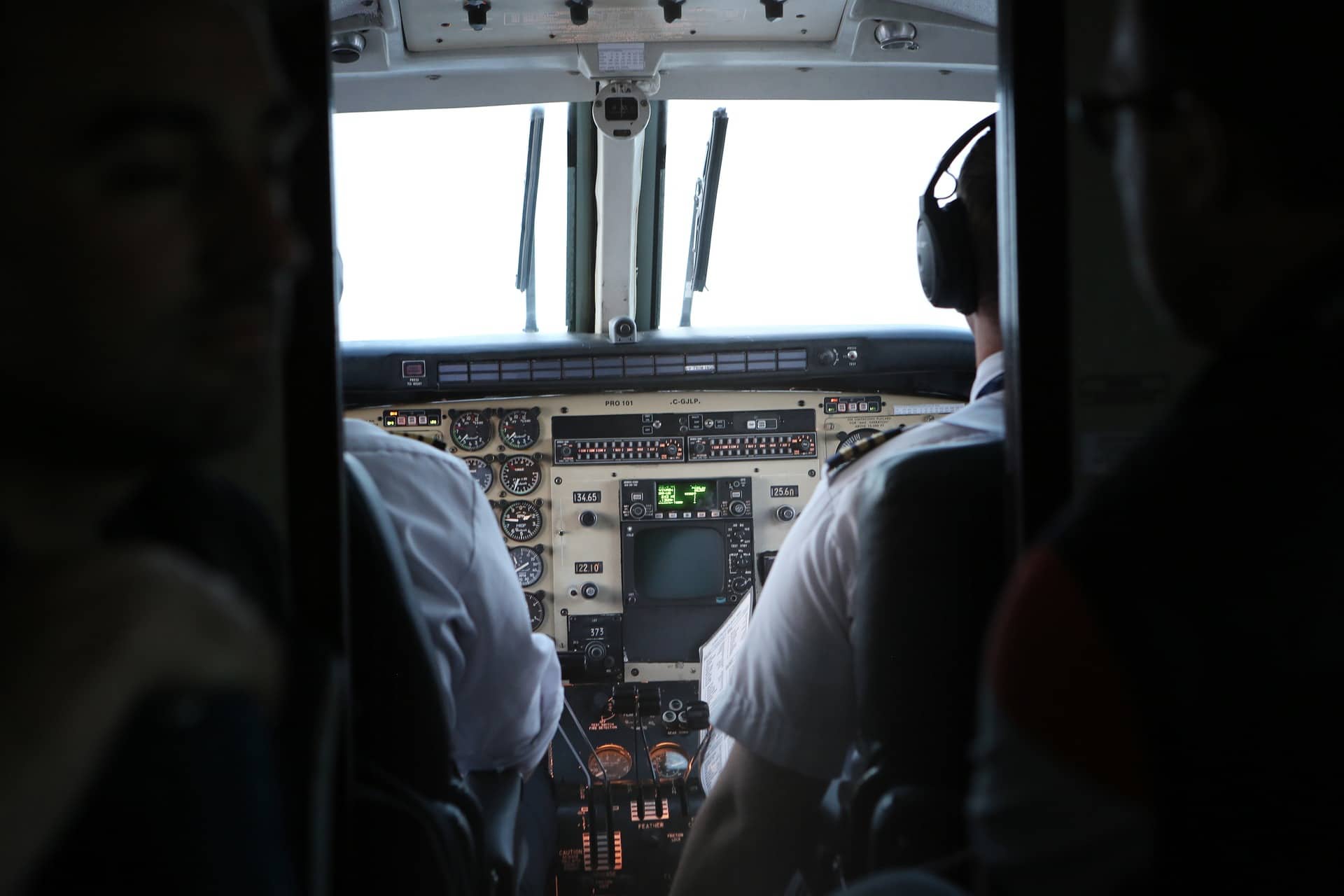
Image by pixabay
Once you’ve gotten all the training in, you’re hopefully ready to take (and pass) your FAA practical exam—also known as the check ride. A designated FAA examiner will give the test, which can last between two to six hours. As mentioned earlier, this test comes in two stages.
You’ll start with the oral exam. Similar to the written test you took before, this portion will be a test of your knowledge. The main difference is that you’ll need to answer all questions orally, rather than by filling out an exam sheet. The average time for this section is between thirty minutes and a full hour.
If you pass, you’ll move onto the flight portion of the practical exam. If you don’t succeed, you’ll need to brush up on your knowledge and try again before testing in the air. Your FAA examiner will let you know your primary results once you’ve completed this portion of the test.
The practical flight portion of your exam is similar to a driver’s license test, where you will need to perform in front of the examiner. On average, this portion takes roughly one to two hours. However, Some test-givers have their preferences, and you may be in the air for longer; it all depends on how your examiner hosts their exams.
Complete Paperwork For Your License
Even once you get a passing grade on your pilot licensing test, you’ll still need to complete some final paperwork to make everything official. Your FAA examiner will help you through the process, which you can complete entirely online. Afterward, you’ll receive a temporary pilot certificate to use until your official license arrives in the mail.
One thing to keep in mind is that you’ll need to pay your examiner to help you complete the online paperwork process. There is no one set rate, so confer with your instructor before you sign up for your check ride. You don’t want to pass, only to fall short on cash at the last moment. While this will merely delay your licensure, it’s still inconvenient.
You’ll Need Additional Training To Fly In Certain Conditions
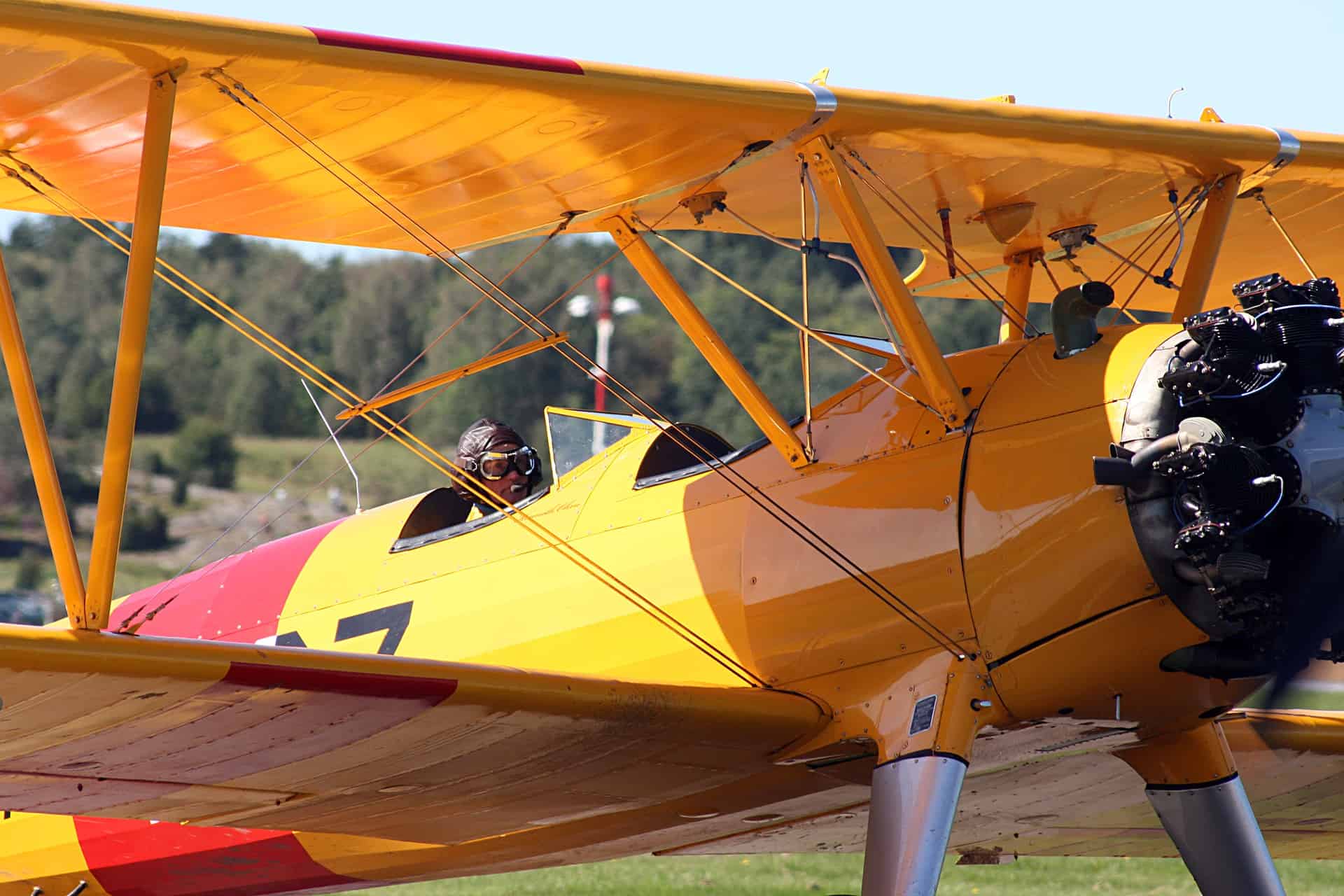
Image by pixabay
Even once you earn your license, you will still have some restrictions on when and where you can fly. One of the most notable is that you must stay below altitudes of 18,000 feet at all times, to avoid other aircraft. While this restriction cannot change unless you seek a different type of license, some conditions you can alter.
For example, weather conditions can be some of the biggest detractors to your flight plans. However, you can earn an instrument rating to use the appropriate equipment to fly through clouds and foggy conditions. You will also need night training to fly at night, which is usually a part of private pilot training lessons. Without these certifications, you can’t legally enter the skies.
Many pilots use their private license as the first step to earn other types of flight certifications, too. While your own pilot airtime can serve as a great experience, you’ll ultimately need to look into further training and testing to get yourself into the air for different means.
Wrapping Up
Private pilots have a lot of freedom when it comes to their aeronautical adventures, but they also need to meet several requirements before they can do so. We’ve covered the major elements in our guide; now it’s up to you to check off the boxes and get ready to take to the skies!

